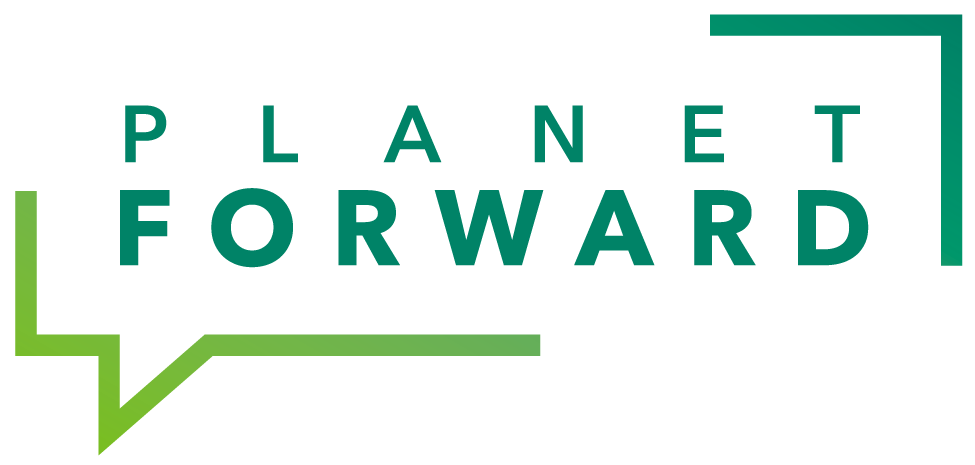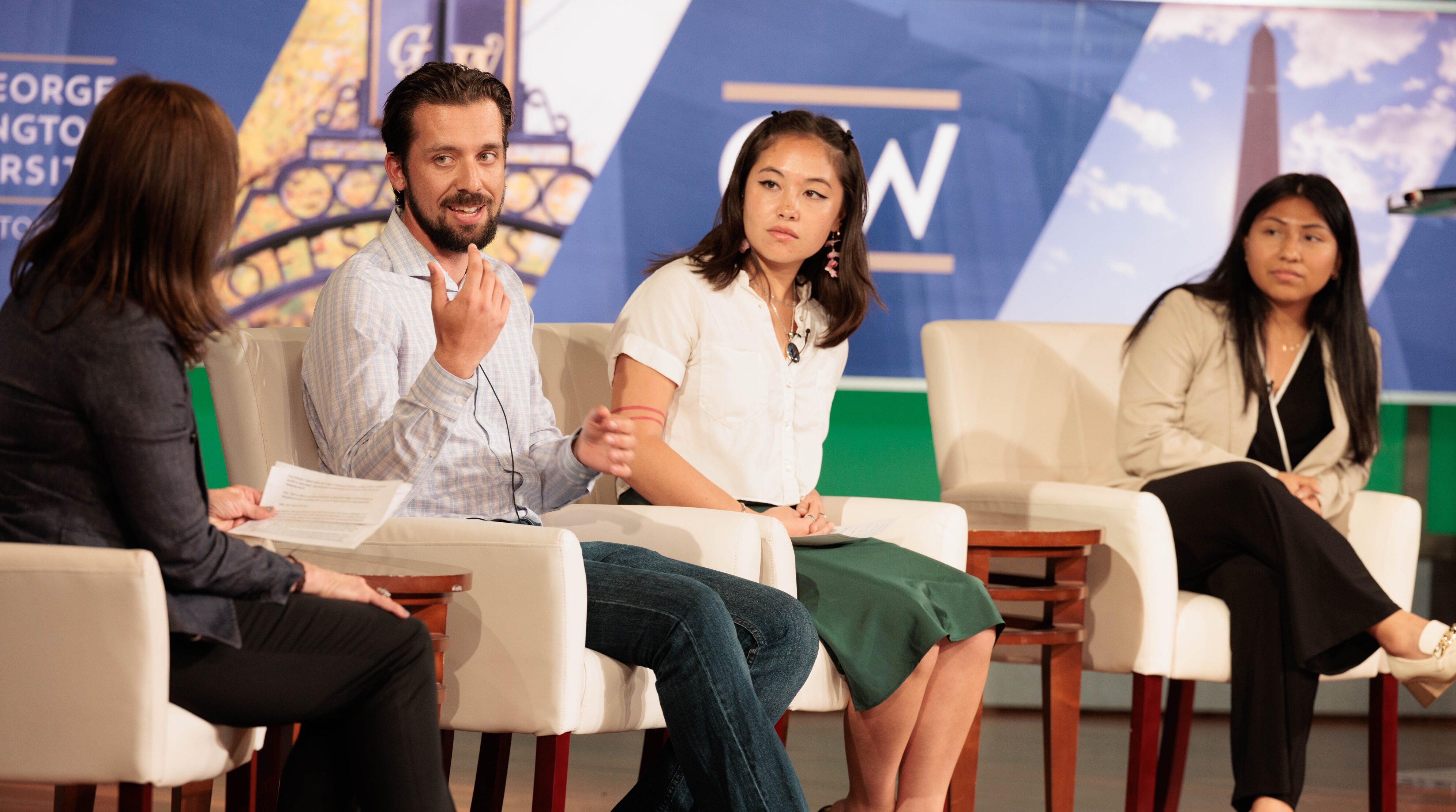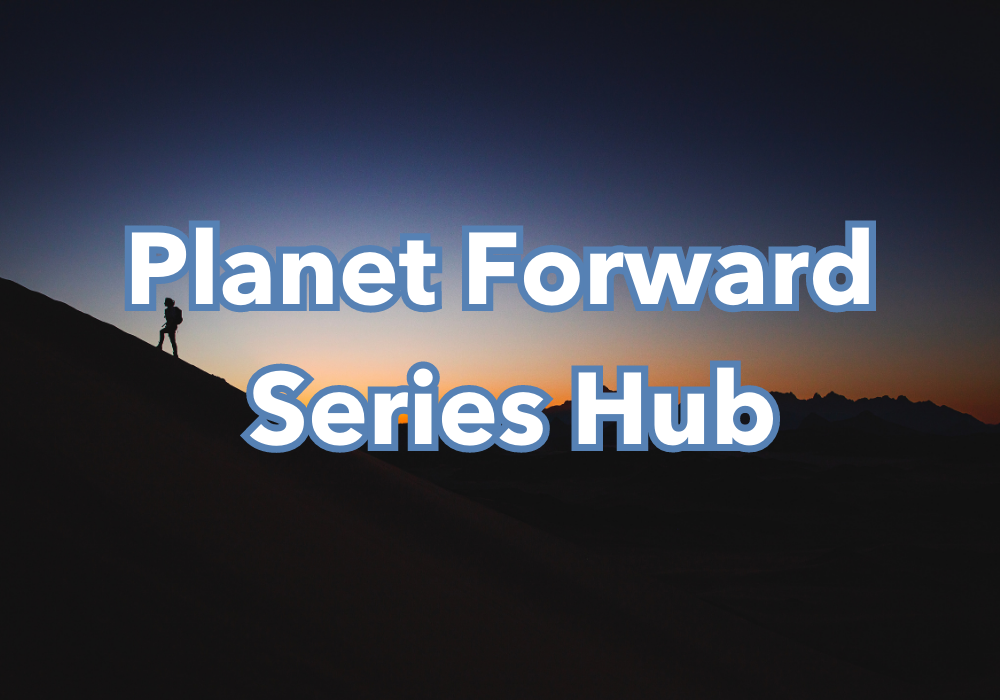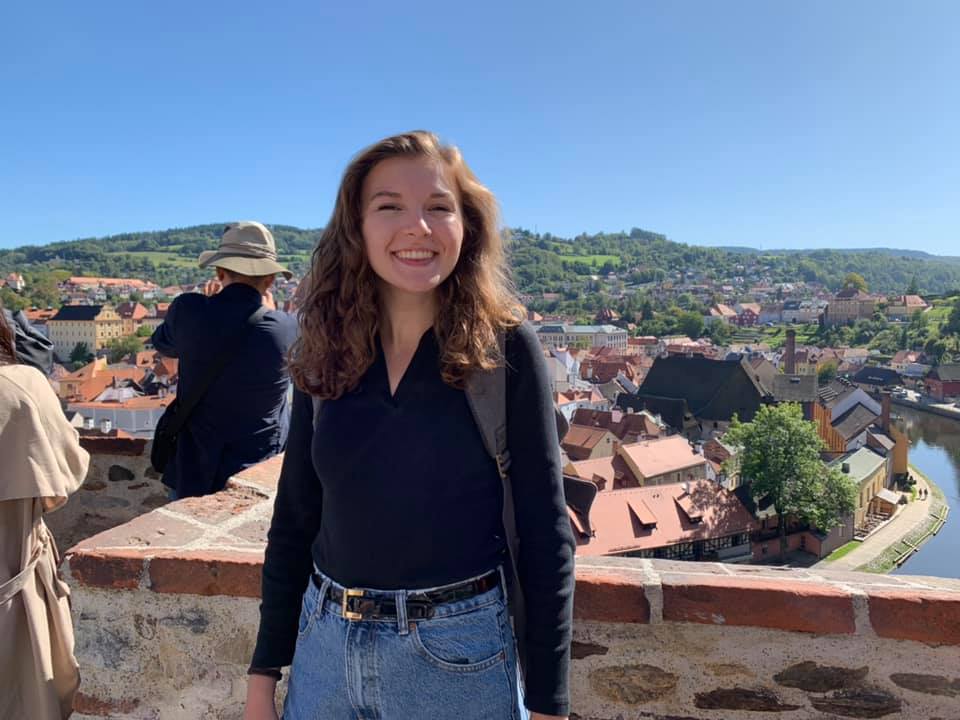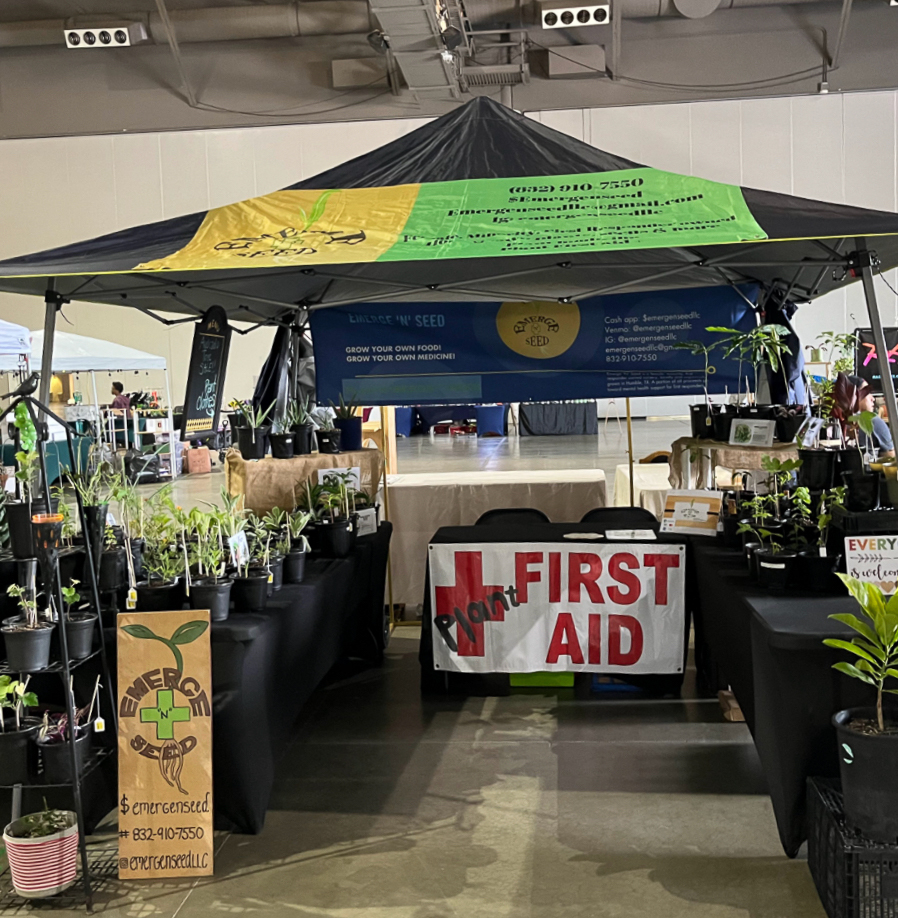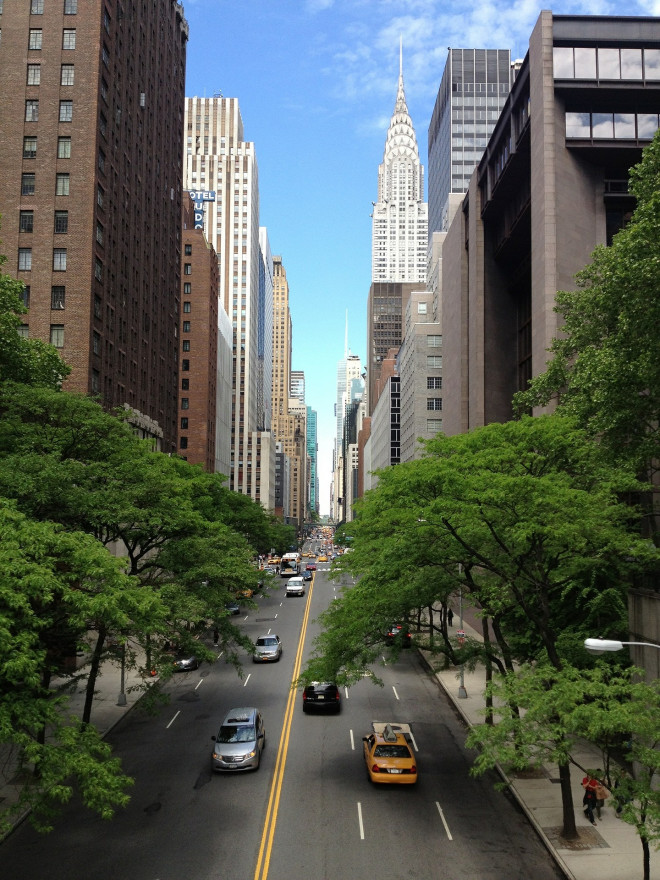
100 lab coats track urban heat in Houston

I spent this summer in Washington, D.C., during a July that saw a record 28 days over 90 degrees. I groaned whenever I had to walk two blocks to the CVS near my apartment, let alone the five to get to Trader Joe’s. The heat was suffocating – after five minutes of walking, I was going out of my way to get to shadier sides of streets and hugging buildings for shade.
Just outside of the CVS that I could barely get myself to walk to, there was always a man sitting on the corner, covered in beads of sweat from the thick humidity and sun beating down on his bald head. Earlier in the spring, when it wasn’t so hot, he asked for spare change. Now, he asks if I can get him a bottle of water.
Heat already kills more Americans than all other extreme weather events combined. By 2100, some projections show that deaths from heat may surpass the current rate of deaths from all infectious diseases combined.
And one of the greatest solutions to extreme heat is planting more trees. US cities are pouring millions into tree planting initiatives––Washington, D.C., Seattle and Houston are already on track to meet million-tree planting goals by 2030. I dove into the heat issue last summer when I wrote a piece for the Guardian about the shortfalls of these plans. I found that cities are really good at planting trees in high-income neighborhoods, and not so good at planting trees in low-income, majority minority neighborhoods, where it can be up to 15 F hotter.
The issue becomes even more complex when you factor in tree micro inequalities––yes, it’s actually a thing. Boston seems to be doing pretty well in distributing tree canopy across all neighborhoods. But David Meshoulam, president of Boston tree nonprofit Speak for the Trees, described that low-income neighborhoods rank well in tree canopy because they have big parks nearby, which factor into the neighborhood total. Boston is really struggling to plant street trees, which offer that shade on your walk to the grocery store, but you can’t see that in the data.
We really don’t know where to plant trees if we look at tree totals by neighborhood, like we have been. Those totals will hide those micro inequalities that cities should be targeting. So, if Houston has a goal to plant 1.6 million trees, where should they put them?
That’s exactly what 100 community scientists in the city set out to answer.
On August 7, the Nature Conservancy and the City of Houston had scientists with thermal sensors attached to their cars and bicycles to cover 300 square miles––the largest geographical mapping effort in U.S. history––in hopes to produce a detailed thermal map to inform their tree-planting decisions.
These 100 scientists, who I like to think were armed in their white lab coats, thick glasses and wirey hair––the archetype of a scientist––pedaling all over town with their heat-sensing devices, are sparking a trend across the country. The Nature Conservancy also has similar projects going on in Phoenix, Denver, Los Angeles and New York.
Jaime Gonzalez, TNC’s lead on the urban heat map community event, said strategic mapping like this will solve multiple problems at once. Not only will it help with heat mitigation, but it will also fix inequities and help the city to laser-focus their mitigation efforts on areas that need it the most.
Many cities are starting to realize that many steps come before actually planting the trees. Initiatives like finding where to put them are just as important as the planting itself––what’s another tree in an already tree-heavy area going to do? And it’s becoming more and more important as our summers continue to get hotter.
“This year there were 10 days that felt 105 F or greater in Houston,” Gonzalez said. “By 2065, if no actions are taken, that jumps to 74 F. That’s an entirely different city to live in, and we already see the inequity and we know that that’s going to get worse.”
As we see more lab coats hit the streets, hopefully we’ll also see city planners fill in those tree gaps. Although we have a break from the heat for a little while, we can still prepare for what’s to come in just a few months.
